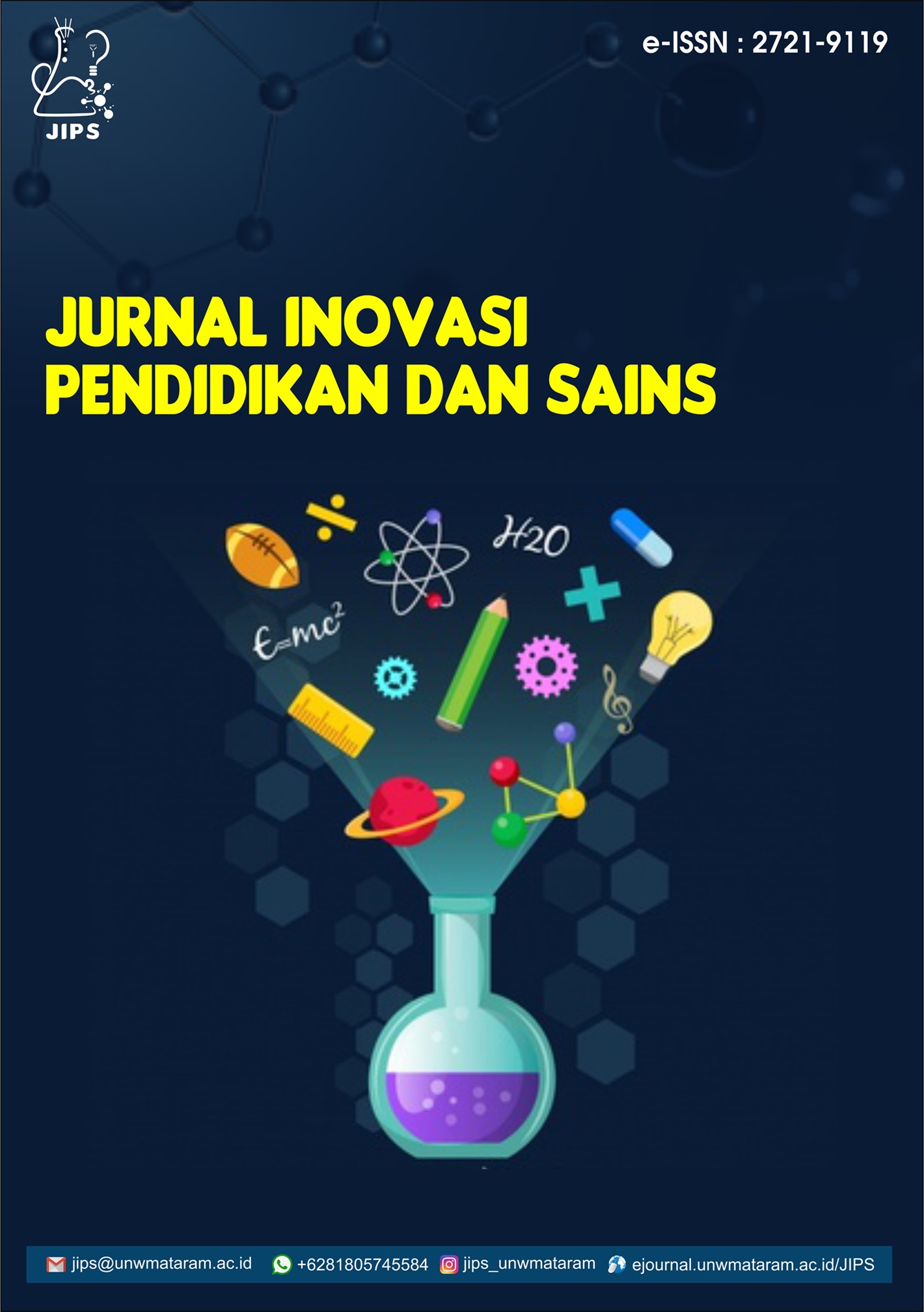EFFECTIVENESS OF NOISE REDUCTION WITH POLYESTER AND COCONUT FIBER COMPOSITE
Abstract
Abstract: Polyester (Polyester) is a type of thermosetting polymer material, namely a type of material where the formation of bonds is assisted by heat, catalysts or a combination thereof. This matrix can produce matrix-reinforcement compatibility by controlling the factors of type and number of components, catalyst, time and temperature. It is creep resistant, suitable as an adhesive for heavy-duty structures, and can withstand extreme conditions of heat, radiation, humidity and chemical resistance. Sound is a pressure deviation in the delivery medium due to energy propagated in the form of waves by a vibration source (Latifa, 2015). The sound absorption coefficient (α) is a number that shows the material's ability to absorb sound energy. The greater the coefficient, the higher the absorption capacity. This research was conducted to determine the effectiveness of noise dampening composites of polyester resin and coconut fiber. The results of this composite acoustic test were obtained for samples of 20 grams, 30 grams and 40 grams of coconut fiber, it can be seen that the lowest sound dampening ability/coefficient of absorption (α) was -0.006 for a sample of 20 grams of coconut fiber with a frequency of 125 Hz and the highest was 0.428 for a sample of 40 grams. grams of coconut fiber at a frequency of 1000 Hz.
Keywords : Composite, Noise Reducer, Coconut Fiber
References
2. Alfirdaus A, A. F. (2023). Perancangan Alat Press Hidrolik Material Komposit. Jurnal Teknik Industri, 11-22.
3. Cahyono. E. S. H. (2010). Noise Absorption Coeffisien Komposit Jerami Padi dengan Matriks Alami. Yogyakarta: Teknik Mesin, UII.
4. Firmansyah M, M. A. (2023). Perancangan Tabung Impedansi berbasis Mikrokontroler sebagai Alat Uji Koefisien Serap Bunyi. Jurnal Teknik Industri, 49-62.
5. Istri C, K. P. (2016). Analisis Koefisien Absorpsi Bunyi pada Komposit Penguat Serat Alam dengan menggunakan Alat Uji Tabung Impedansi 2 Microphone. Jurnal Energi dan Manufaktur, 105-108.
6. Latifa, N. L. (2015). Fisika bangunan 2. Jakarta: Griya Kreasi.
7. Rimantho D, Y. N. (2019). Utilization of the organic and inorganic solid waste as acoutic material. ARPN Journal Engineering Application, 1502-1506.
8. Yulianti, N., Rimantho, D., Herzanita, A., & Sandi, A. (2021). Analisis Varian Material Komposit Peredam Suara dengan Memanfaatkan Limbah Serabut Kelapa Muda, Serbuk Kayu dan Styrofoam. Jakarta: Universitas Pancasila.



